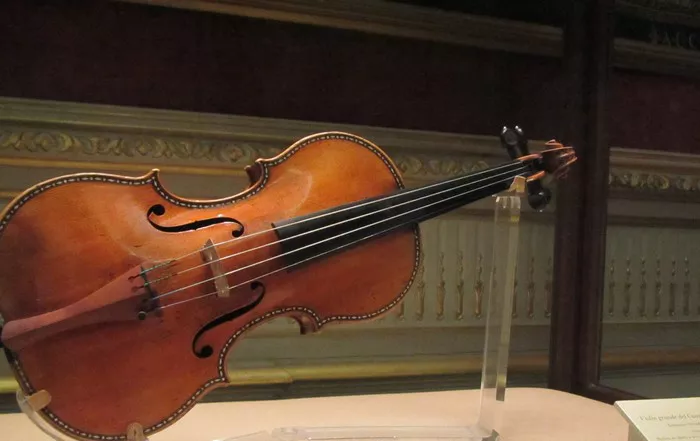Melodies flowed effortlessly for Johannes Brahms when he composed his Violin Concerto, embedding them throughout the piece. These melodies appear all over the orchestra, with the soloist either adopting them or responding with different ones entirely.
While the melodiousness may suggest ease, Brahms crafted a concerto that is devilishly difficult for the soloist. Yet, Christian Tetzlaff makes it captivating. At Thursday’s midday concert with conductor David Afkham and the Minnesota Orchestra, the German violinist reaffirmed his reputation as one of the master interpreters of violin repertoire today.
Leading off a concert that also featured 20th-century works by Henri Dutilleux and Béla Bartók, Tetzlaff delivered a deeply absorbing rendition of the Brahms concerto, utilizing the full dynamic range of both violin and orchestra. Even before Tetzlaff played a note, the orchestra set a lovely scene during the extended intro, hinting at the memorable melodies to come.
The performance showcased a beautiful balance between orchestra and soloist, with Afkham keenly attuned to Tetzlaff’s emphasis on soft clarity in pianissimo passages, which set up powerful explosions. The first movement climaxed with a cadenza full of contrasts—low and light, sweet and brusque—with Tetzlaff gliding gracefully between extremes.
Among violin concertos, Brahms’s is a great orchestral showpiece. The Adagio movement featured excellent ensemble work and scintillating solos, particularly from oboist Nathan Hughes and French horn player Jaclyn Rainey. However, Tetzlaff’s gentle high notes were the highlight, transporting the audience to a place of serene beauty.
Emphasizing transitions from whispers to shouts, the finale burst into a stomping folk dance, with Tetzlaff delivering rough and rustic double stops and imaginative interpretations, transforming the main theme into a polka-like melody. A well-earned standing ovation led Tetzlaff to calm the audience with the Largo from J.S. Bach’s Third Violin Sonata.
While major orchestras typically present modern material as appetizers before a main course like Brahms, this program reversed the order. The second half opened with Dutilleux’s intriguing “Métaboles.” Composed in 1965, it foreshadowed the French spectralists and American minimalists of the following decade. Afkham and the orchestra provided an arresting performance, making it feel like a fascinating puzzle of short melodic bursts and percussion.
The orchestra also excelled with a suite from Béla Bartók’s “The Miraculous Mandarin,” highlighted by emotive solos from clarinetist Gregory T. Williams. However, the piece felt programmatic and disjointed without its narrative, making it somewhat anticlimactic after the magnificent Brahms concerto.


